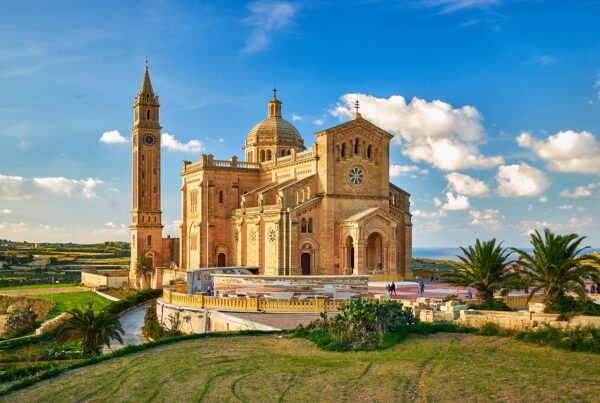About the Sister Isle
Gozo meaning “joy” in castilian is the name the Aragonese gave this island, when they possessed it in 1282. The idea of joy and pleasure is also conveyed by its Latin motto “Fertilis ab undis caput iffero – a fruitful land raising its head from the sea”.
Gozo is the second largest island of the Maltese Archipelago that consists of three islands known as Gozo, comino and mainland Malta. Millions of years ago the Maltese island were the elevated regions on a mass of land extending southwards from nearby Sicily. This continental shelf was submerged when the sea level rose during the interglacials leaving those land tips exposed in the centre of the Mediterranean Sea.
Gozo is rural and simple, its culture and way of life rooted in fishing, and in primitive pastoral and agricultural activity. Tomatoes, potatoes, onions, melons, grapes, figs, oranges, and tangerines are the island’s prime agricultural produce.



